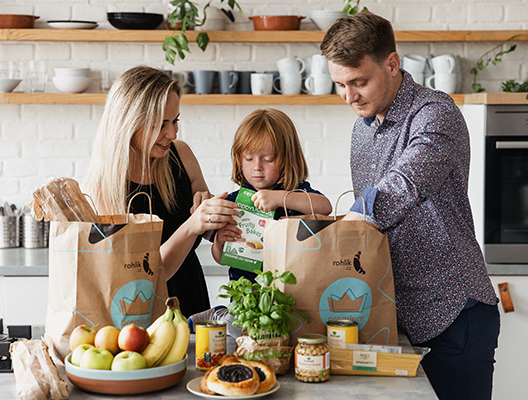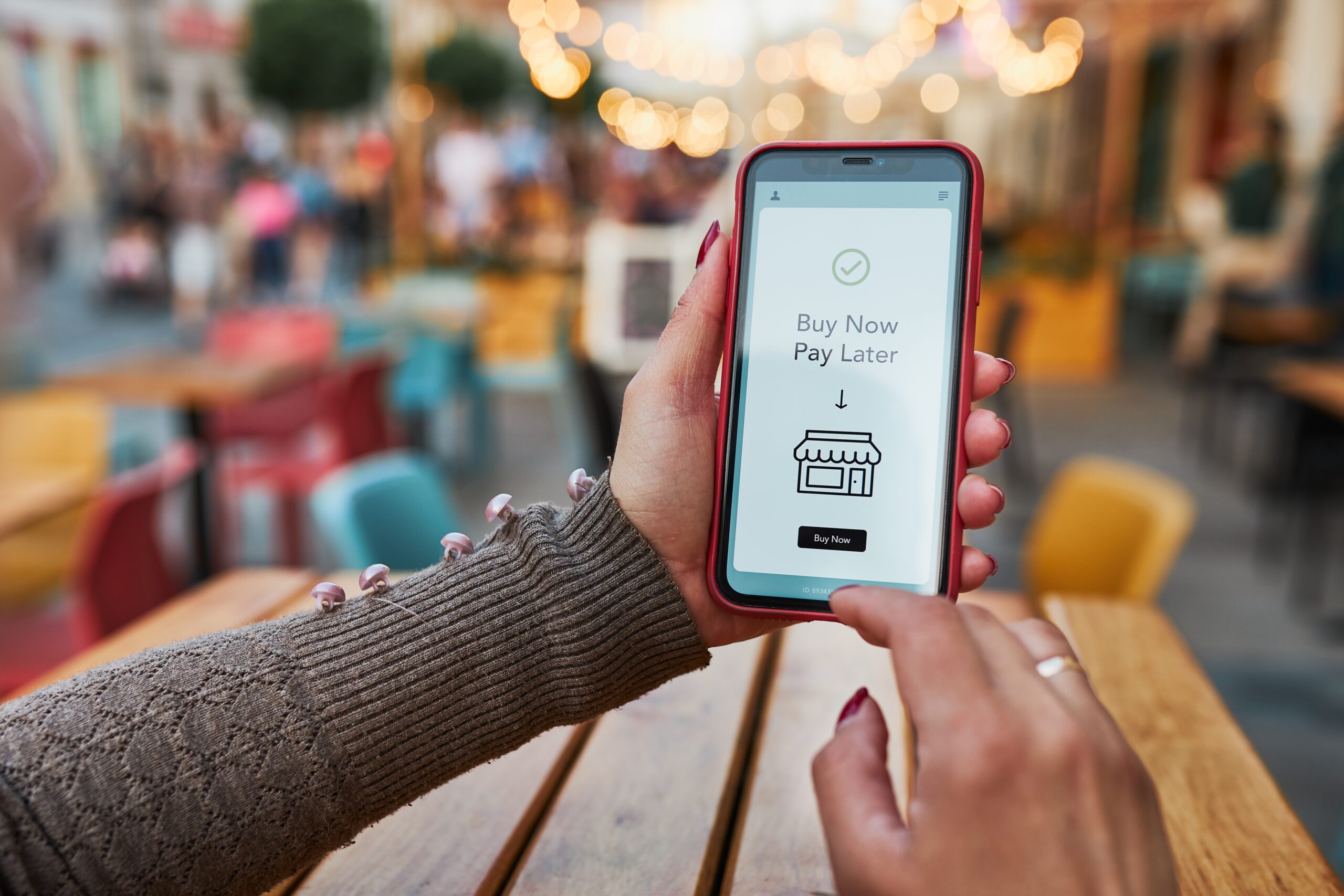Dolapo Adeyemi, founder of experiential last mile start-up Sueted, talks about how the appeal of physical shopping can be built into the delivery experience.
Online shopping relies on a complex – and often environmentally damaging – delivery system which is struggling under the modern demands. This is exacerbated by the high rate of returns – ASOS estimates that one in four women’s orders are returned. It’s certainly worth investigating the reasons why women return such a large proportion of their orders, but it’s also worth looking at how we can improve the infrastructure surrounding online shopping deliveries. Fundamentally, the system is ripe for disruption – and the first step is improving the customer experience.
The problem with returns
Ecommerce returns have almost doubled in the past five years, leading many brands to reconsider their generous return policies. Improvements would be excellent news for the environment since returned clothes and packaging are often disposed of rather than resold. One study estimates that returns in the US generate 2.25 billion kilograms of landfill waste every year, as well as 13 million tonnes of carbon emissions. The problem is no better in the EU, where packaging waste in 2016 averaged almost 170 kilograms per person, totalling nearly 87 million tonnes.
Returns also pose business problems to retailers. According to RSR Research, retailers lose a third of their revenue in returns every year. Returned products often end up sitting in warehouses for as long as two years while they wait to be hand-sorted. Some clothes are eventually steamed or dry-cleaned and returned to the racks, while others are donated to charity or incinerated. All of this is expensive and logistically complex, so it’s no wonder that companies are looking for alternatives.
While it is inevitable that some items will be returned, the delivery process plays a major role in the current epidemic of excessive returns. According to a survey by Which, over half of the participants had at least one delivery which didn’t go to plan. Brands are beginning to realise that the customer experience doesn’t end when the customer makes their payment. It continues until their product arrives at the customer’s door, and many are looking at innovative ways of improving that experience.
Redesigning the customer experience
Despite almost 6,000 high-street stores having closed in the past year, almost three-quarters of millennials report that they prefer physical stores to online shopping. Part of this disparity might be explained by research which shows that just 56 percent of shoppers had fun during their shopping experience. At its core, this is an issue of customer experience.
One response to consumer demand for more ‘experiential’ shopping is the creation of mobile boutiques which deliver multiple items to numerous customers simultaneously. The use of mobile boutiques means internet retailers don’t need to deliver multiple items individually – shoppers can have the in-store experience, try the items on, and then leave them in the boutique if they don’t want them. This allows the retailer to restock instantly, as opposed to the standard 30-day return window.
It’s also an opportunity for retailers to introduce some components of traditional concierge services, such as allowing shoppers to work with a stylist to ensure that they understand the brand’s sizes. This cuts down on waste and carbon emissions, saves restocking in warehouse and repacking clothes, and provides the customer with the hands-on experience they want.
Another approach is the pop-up shop. Online beauty brand Glossier recently took this approach, which cuts down on the number of returns by allowing customers to try out the products in person. Similarly, Amazon offers a ‘Treasure Truck’ service where customers can try out and buy discounted items. These modern approaches to fusing the online and physical shopping experiences offers great potential, both for reducing the number of deliveries and returns and for improving customer experience.
The future of online delivery
The established internet retail and delivery system is ripe for disruption. Companies are increasingly realising that the online shopping experience doesn’t end until the item has arrived at the customer’s door, and they have begun working to overhaul their delivery systems and consider new approaches. Those that succeed in this task will be rewarded with fewer returns, more satisfied customers and a significantly reduced environmental impact.








